The efficiency of clearance for people, vehicles and goods between Guangdong province and the neighboring Macao Special Administrative Region has continued to improve since the implementation of a closed-loop customs arrangement, according to local customs.
"The implementation of the customs arrangement has facilitated a more efficient flow of various elements, providing greater convenience for Macao residents in their daily lives and employment, thereby injecting vitality into industrial development," said Yang Hai, deputy director of Gongbei Customs in Zhuhai, Guangdong, during a press conference on Monday.
Alongside innovations in customs arrangements, trade between Guangdong and Macao has steadily expanded over the past 25 years. In the first 10 months of this year, Guangdong's general trade imports and exports with Macao totaled 12.64 billion yuan ($1.74 billion), marking a rapid growth of 30.3 percent.
Moreover, the structure of trade products has been further optimized and diversified. In terms of exports, electromechanical products have replaced textiles and clothing as the main export goods.
In the first 10 months of this year, Guangdong's exports of electromechanical products to Macao amounted to 3.62 billion yuan, with their proportion increasing from 9.6 percent in 1999 to 23.2 percent, according to provincial customs data.
Under the closed-loop customs arrangement, the tax policy of "opening up the first line and controlling the second line" was implemented in the Guangdong-Macao In-Depth Cooperation Zone in Hengqin, Zhuhai, on March 1.
The border between Hengqin and Macao was designated as the "first line," while the border between Hengqin and other parts of the mainland was designated as the "second line."
Under this closed-loop operation, goods that meet certain conditions are exempt from tax when entering the cooperation zone through the "first line," while other goods are bonded. Imported goods entering the mainland through the "second line" are subject to tax, according to regulations.
As of the end of October, customs at the "first-line" port in Hengqin had cleared nearly 15 million inbound and outbound passengers and supervised over 1.6 million inbound and outbound vehicles, according to Yang.
Additionally, over 12.69 million vehicles have been cleared through the "second-line" exit channel. On Oct 3 alone, the number of inbound and outbound passengers through the "first-line" exceeded 103,000, while the number of vehicles exiting through the "second-line" surpassed 66,000, setting new daily records for both channels.
In the "first-line" area, customs have implemented innovative cross-border cooperation mechanisms covering customs supervision, health quarantine, agricultural and food product safety supervision, and industrial product qualification assessment to support the integrated development of Zhuhai and Macao, Yang said.
Guangdong and Macao have shared large-scale container and vehicle inspection equipment image data, deepened cooperation in nuclear radiation monitoring of goods flow, and achieved one-time machine inspection customs clearance.
"The Guangdong-Macao In-Depth Cooperation Zone has become the first in the country to allow Macao residents to carry relevant animal and plant products through customs, facilitating smooth clearance of seven major categories of products, including fruits and fresh-cut flowers," Yang said.
Currently, 3,452 Macao residents have registered to carry over 6,436 batches of animal and plant products into the in-depth cooperation zone, strengthening their sense of belonging to their new home in Hengqin.
There are now over 6,500 operating entities with Macao investments, and 100 enterprises and institutions qualified for tax-exempt imports, with orderly tax exemption, insurance, and refund services in the zone.








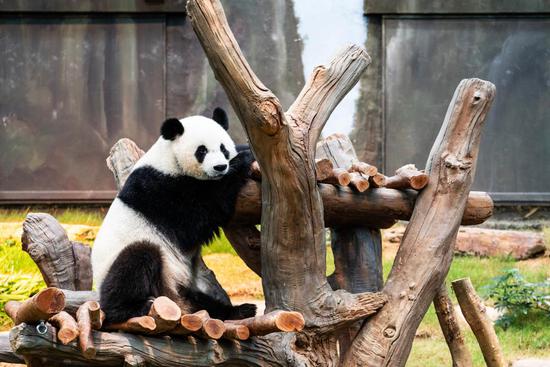

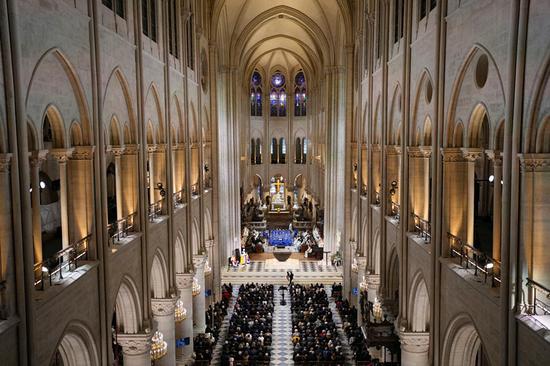

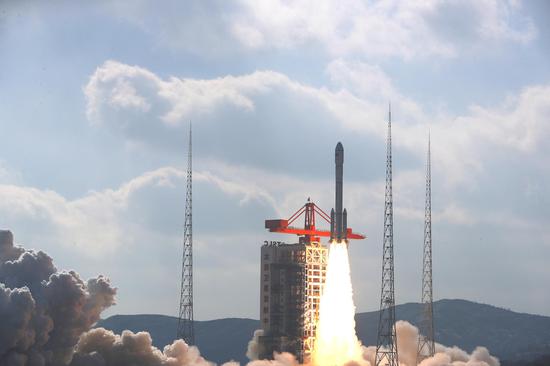

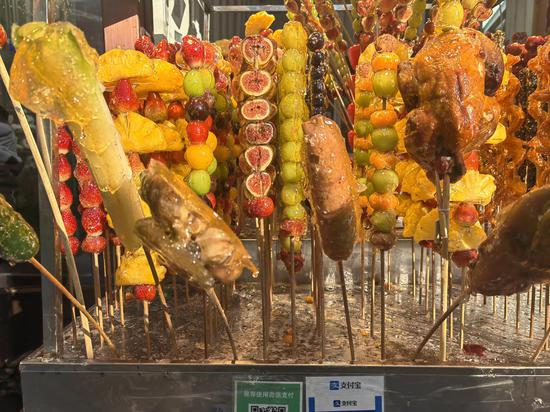


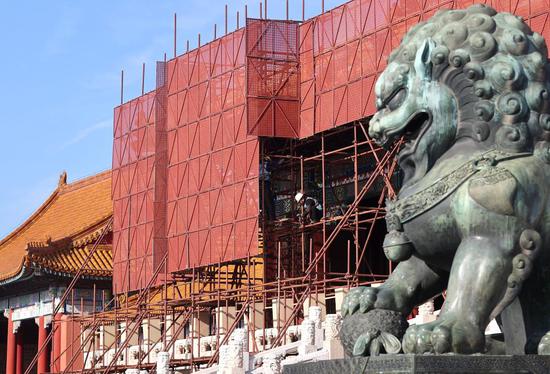
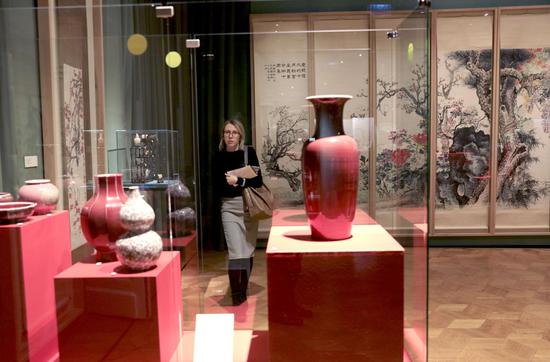
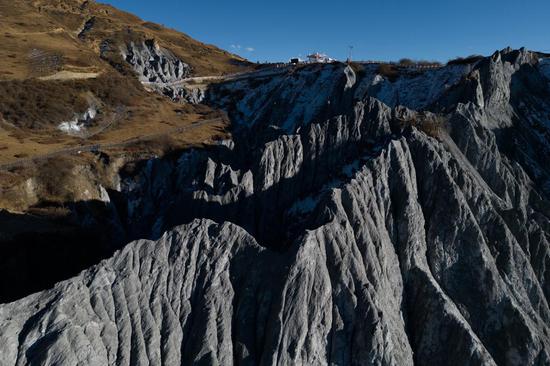

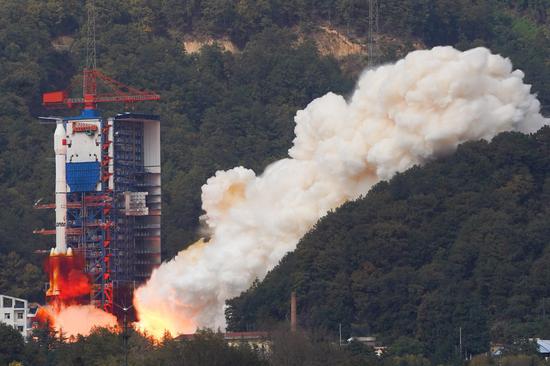

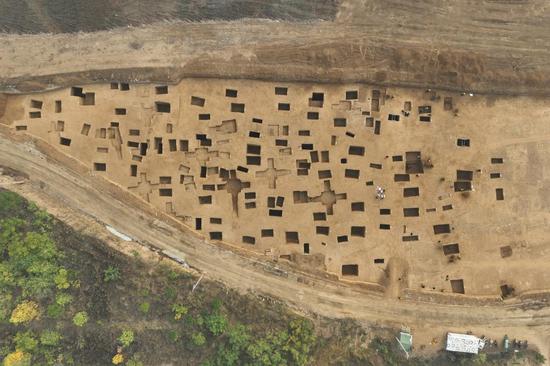
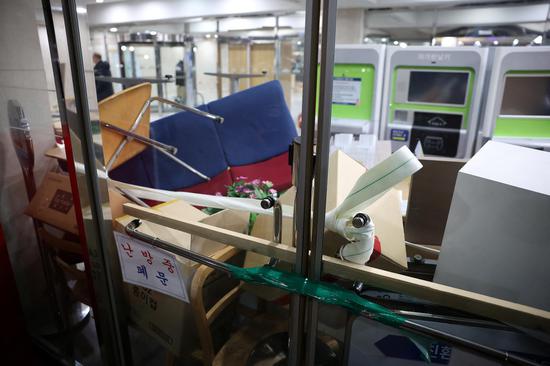
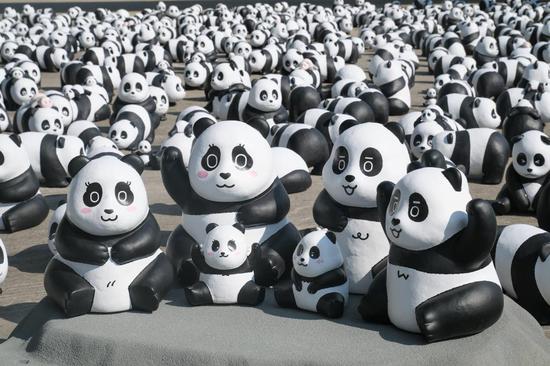

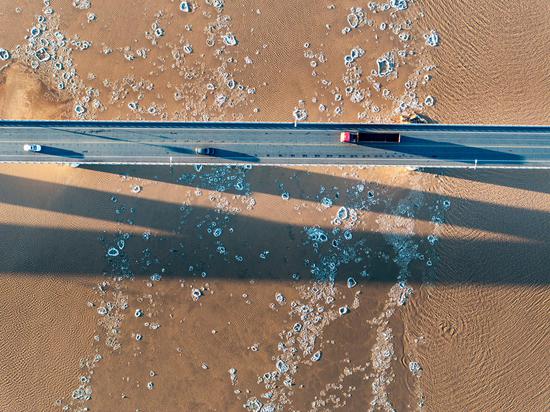

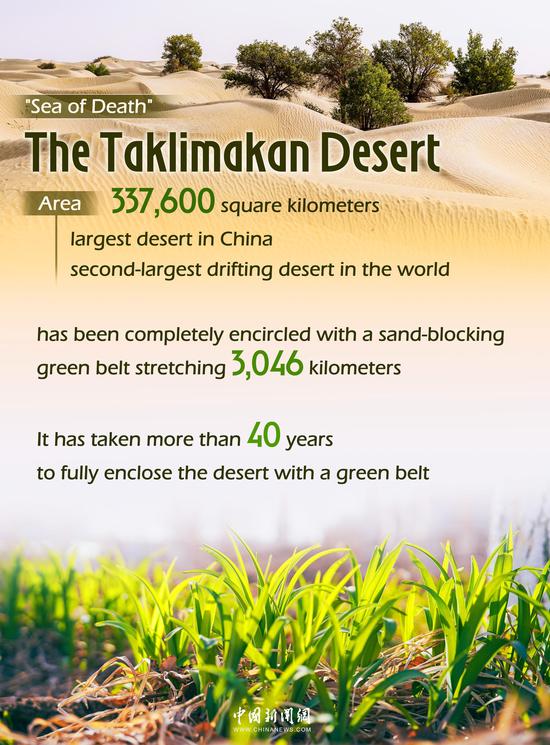
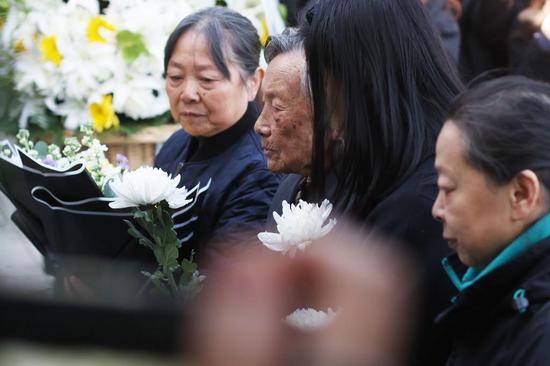

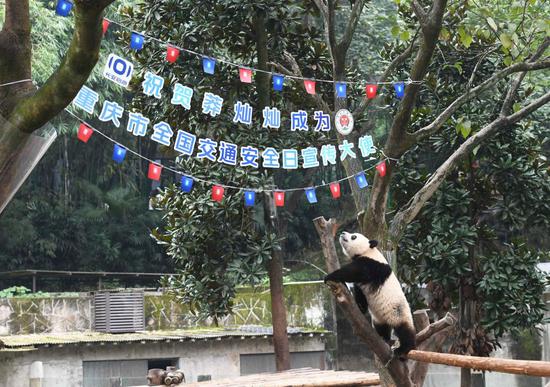
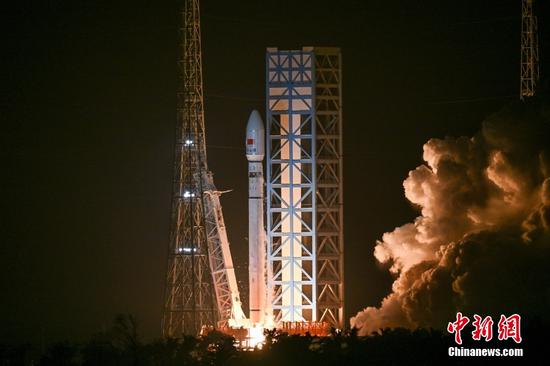
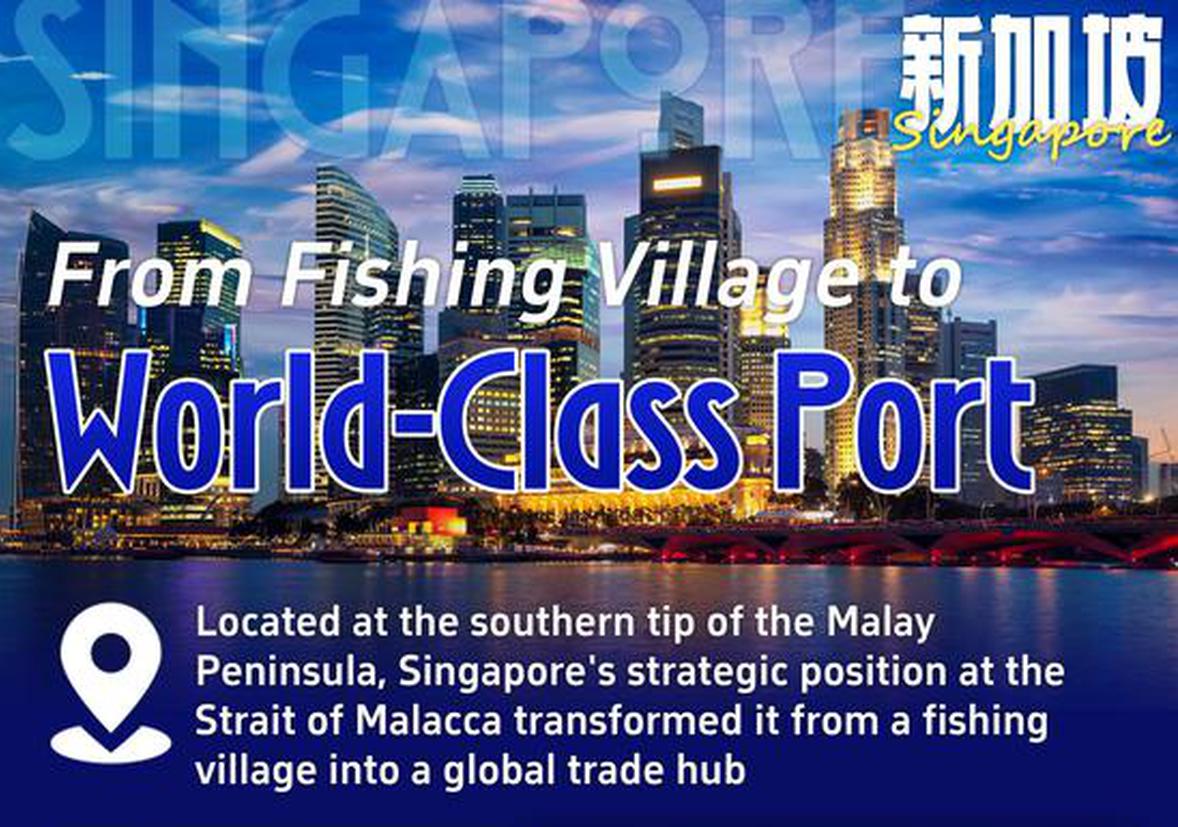
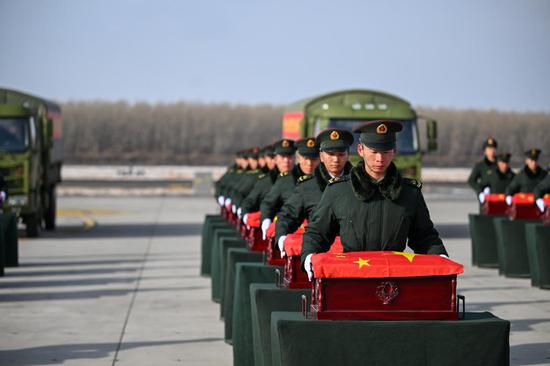
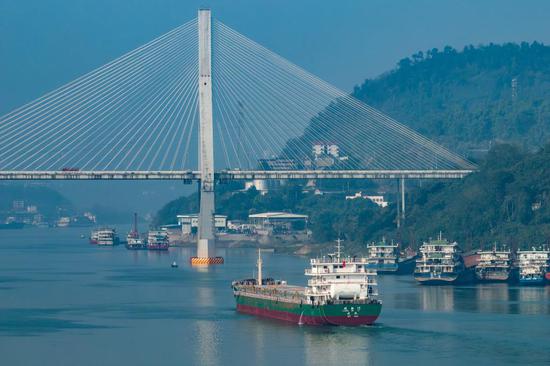
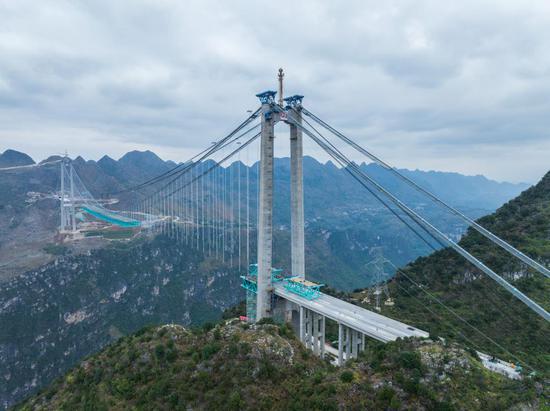

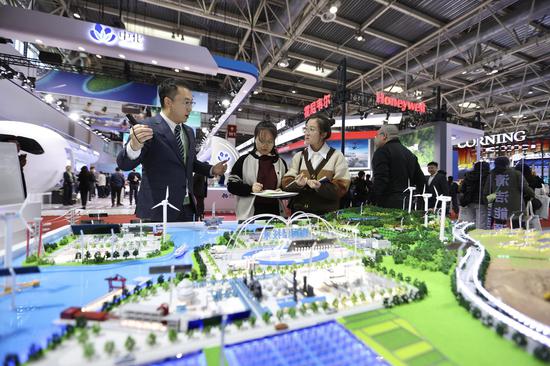
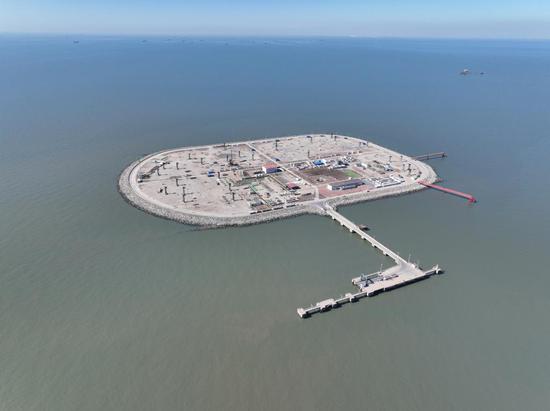

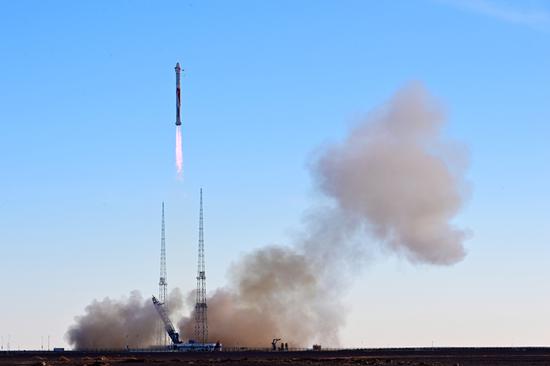
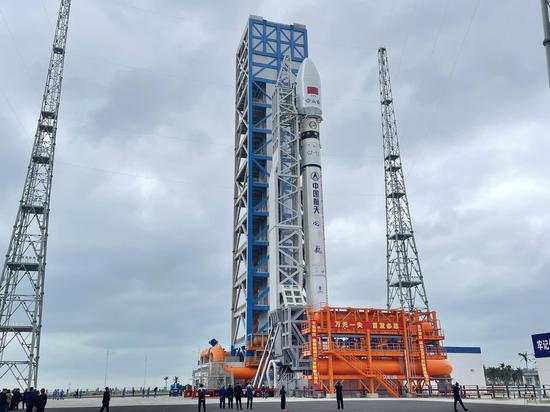
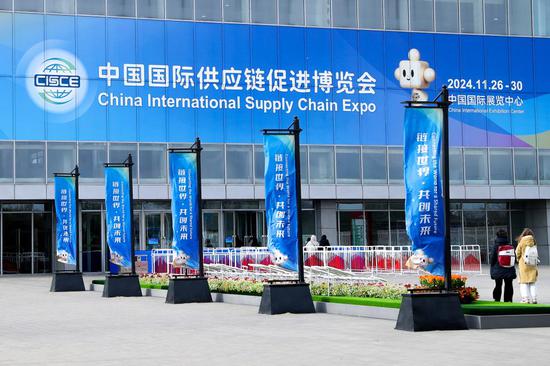



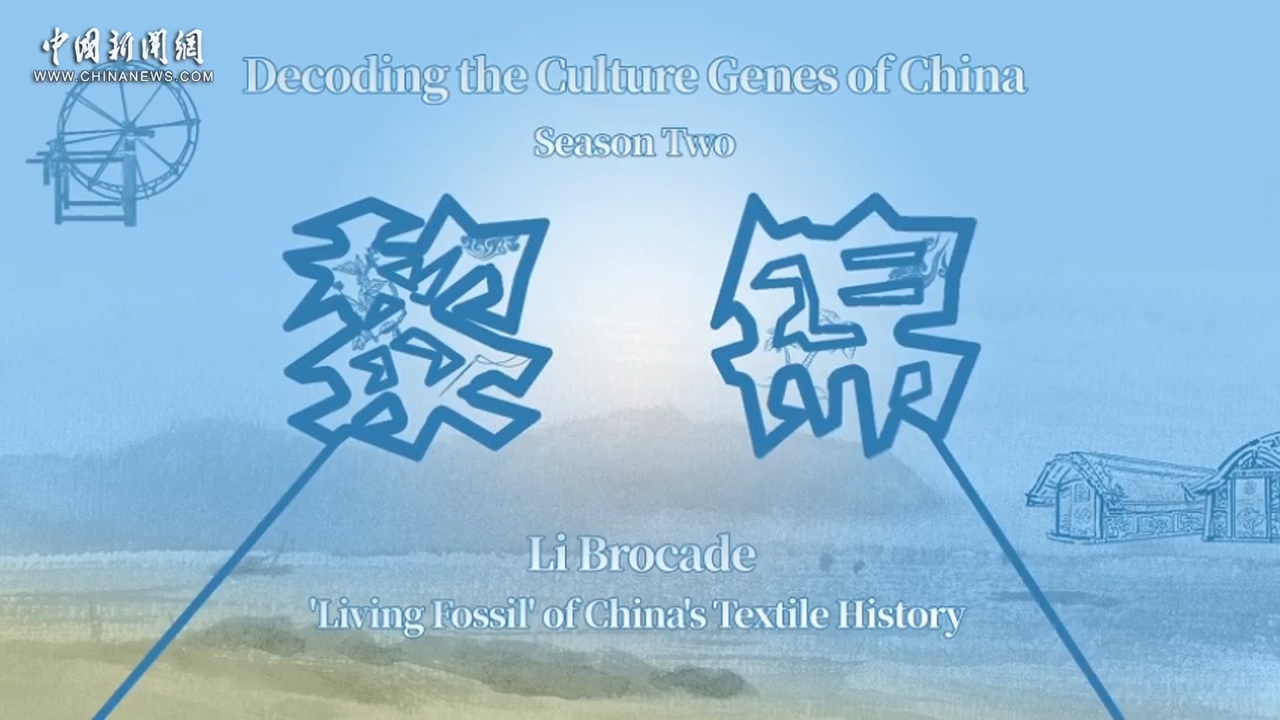

 京公网安备 11010202009201号
京公网安备 11010202009201号